Pole saws, also known as pruner saws and pole trimmers, are the most commonly used pruning equipment among the many pruning instruments available on the market due to their ease of use and affordable cost. Most of these trimming tools are now powered by electricity, so you'll find plenty of electric pruners, pruning shears, and pole saws for sale on this site. This is also why, in addition to the regular manual hand pruners and pruner shears, you'll also be able to find a wide range of cordless pole saws and battery-powered pole saws here.
You will be delighted to find out that aside from the huge pruners selections available for your online shopping choices here, you can also get various related accessories such as pole saw chains, pole saw bars, related batteries, and charges, as well as the necessary lubricant and fuels to keep the pole saws running smoothly and extend their shelf life.
Check out the huge selection of wholesale pruning shear here. Look up pruning shear right now to discover how much money you can save by purchasing them directly from the wholesalers here. Remember to keep a keen eye out for big savings among the numerous discounts offered by different sellers here from time to time.

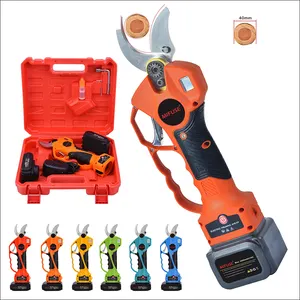





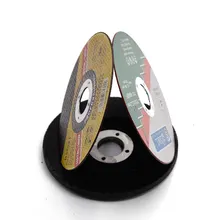

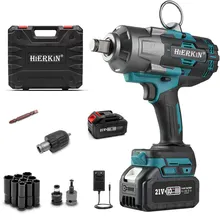





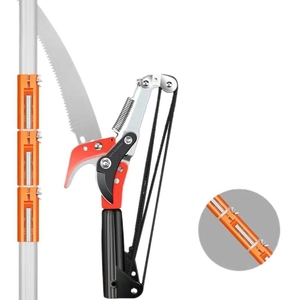

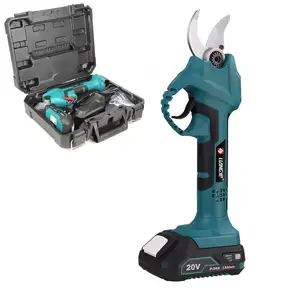

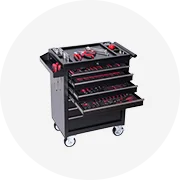

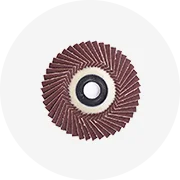




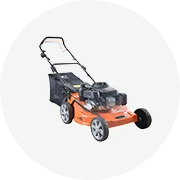
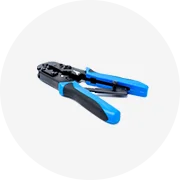



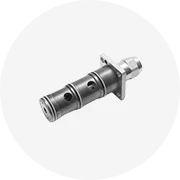
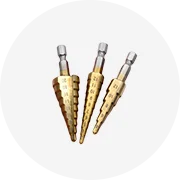









 浙公网安备 33010002000092号
浙公网安备 33010002000092号 浙B2-20120091-4
浙B2-20120091-4